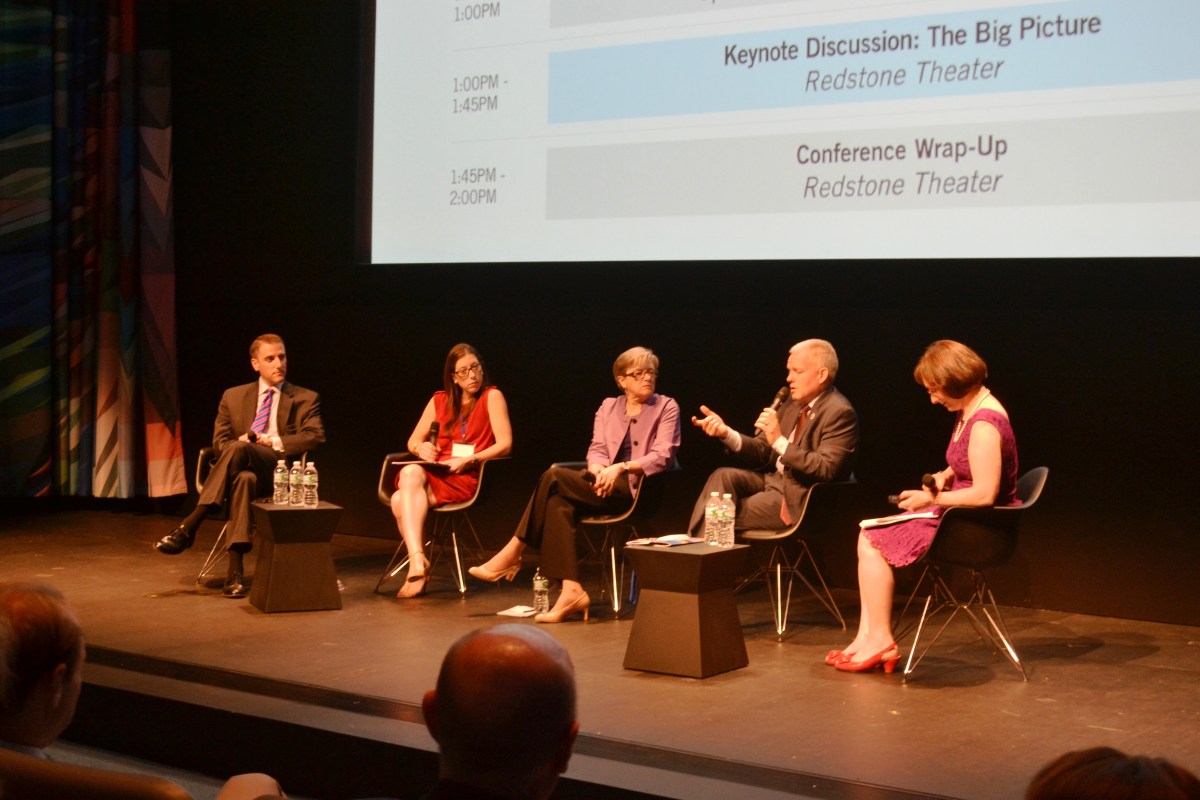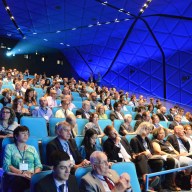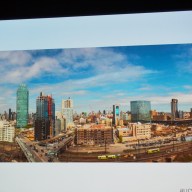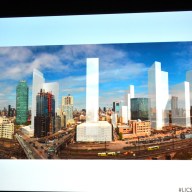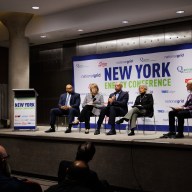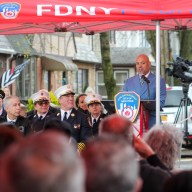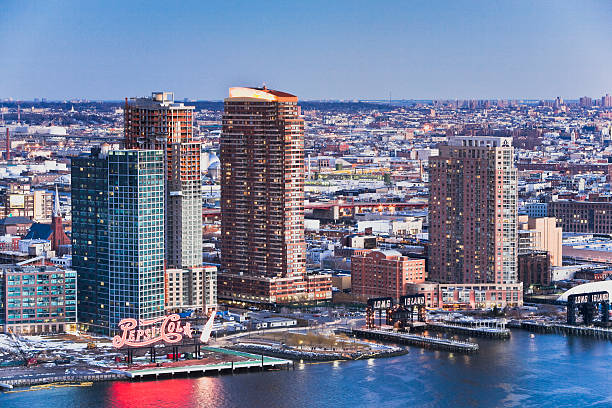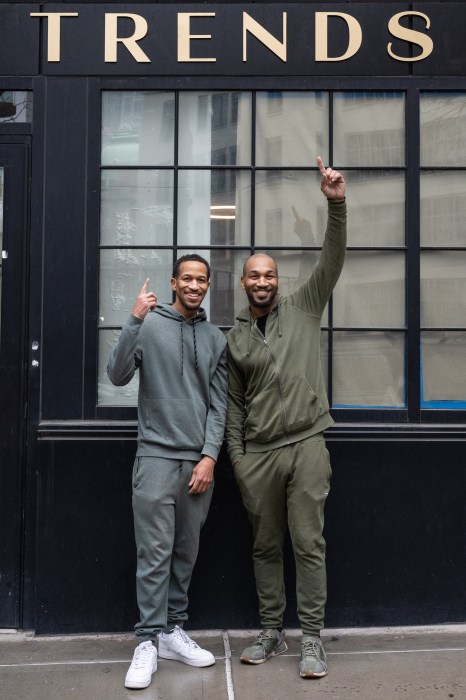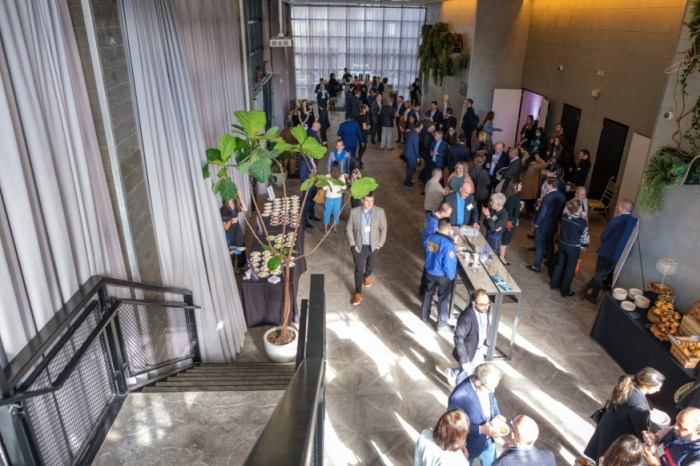It has been on the minds of Long Island City leaders for a while, and during the second annual LIC Summit on Tuesday it was brought to light during the first panel entitled “City within the City.”
“It” refers to the struggle to maintain balance between building new residential and commercial structures while keeping older manufacturing spaces, which traditionally form the backbone of Long Island City.
The Long Island City Partnership, which co-hosted the LIC Summit with The Queens Courier and brokerage Modern Spaces, was even awarded a $100,000 grant in January to conduct a planning study of the neighborhood that would, in part, find an answer to maintaining the balance. The study is still in its preliminary stages, so a solution has not yet been found.
“Like with the city as a whole, in some ways Long Island City is suffering from the side effects of its very success,” said Seth Pinsky, vice president of RXR Realty, during the panel in front of more than 300 professionals and leaders in the Museum of Moving Image.
Pinsky pointed out that high demand to move to Long Island City causes land valuations to surge to levels where only residential projects would make financial sense, which stifles commercial development. In turn, developers convert industrial buildings into offices and retail, displacing old manufacturing jobs that many city residents without higher education have relied on for a long time.
But Pinsky’s point was challenged by Kathryn Wylde, president of the Partnership for New York City, who urged against preserving spaces for older manufacturing and looking toward jobs for companies of the future, such as 3-D printing firm Shapeways and other technology businesses. These would require higher levels of education, which institutions such as the new Cornell Tech campus on Roosevelt Island would provide.
“The emotional pull of manufacturing as we think of it in the past, the good blue-collar jobs for a population that didn’t have Ph.D.s, is not the future of manufacturing,” Wylde said. “Robots are going to replace people in most manufacturing. It’s not going to be the same kind of job provider that it has been in the past.”
Pinsky disagreed partly and countered that some old sections of manufacturing will still be important for the “foreseeable future,” such as construction, warehousing and distribution, because they will provide necessary services for businesses in the city. He added that there is a feeling that areas in LIC could easily become zoned residential and many workers would lose jobs as businesses close or move.
The problem of finding balance in Long Island City could be answered with a rezoning. Some of the first panelists agreed that the current proposal to rezone certain sections of Long Island City for more high-rise housing has to be examined more closely by the City Planning Department.
“I think that this is an opportunity for us to strike that right balance and find the density for the affordable housing that the administration is looking for,” Councilman Jimmy Van Bramer said, “but also preserve some of the things that are worth preserving.”
Industry leaders also talked about the future of transportation, tourism, culture, zoning and LIC as a home for business in ensuing panels at the event.
And infrastructure problems in LIC, such as lack of green spaces and the need for more schools, were discussed as well. Van Bramer even promised that they are looking for spaces for new schools.
With various art and cultural institutions, restaurants, entertainment venues and a hotel sector— which is currently up to 26 buildings but has more than two dozen more in the pipeline — many recognized that LIC has become a destination with incredible growth.
During her opening speech, Elizabeth Lusskin, president of the Long Island City Partnership, revealed renderings of LIC two years in the future after 10 new towers will be added to the growing skyline. The dramatic expansion shown through the image caused gasps from audience members.
“There is a lot on the way,” Lusskin said. “And we’re not talking 10 years, we’re talking two years.”
RECOMMENDED STORIES

